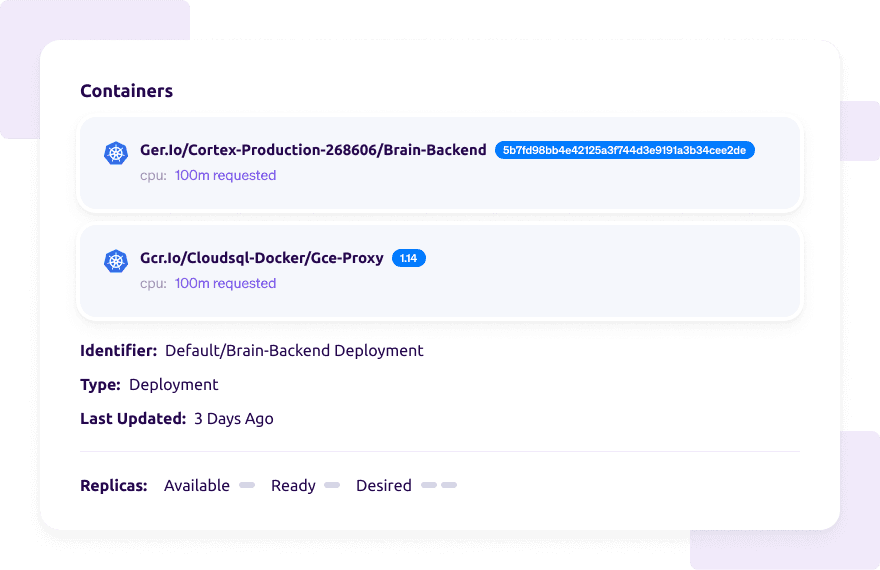Introduction
Kubernetes, also known as k8s, is an open-source system for managing containerized applications. Since its introduction in 2014, Kubernetes has revolutionized modern application building towards containers and microservices.
It has automated the previously manual task of deploying and managing containerized applications, allowing easier scalability and simplifying the manual management required of infra teams.
As a result, Kubernetes is the go-to platform for companies scaling their applications and engineering teams.
Service who?
The increased engineering efficiency and stability provided by the extensive Kubernetes platform also comes with increased complexity.
According to a recent survey by the Cloud Native Computing Foundation, over half of companies deploying applications on the Kubernetes platform have over 250 deployed microservices. In addition, according to a report polling 950 IT leaders, over 56% of companies planned to expand their use of microservices and deployments on Kubernetes in the next 12 months.
From these numbers, it's clear that most companies using Kubernetes either already have a staggering amount of microservices or are quickly on their way there. As companies begin to scale with Kubernetes, new problems of service overload arise. With so many Kubernetes deployments, service visibility is naturally obscured and difficult to avoid.
When you're running 50 or 500 services, it's much harder to keep track of service owners, oncall information, and other important information for each service than when you're running 5 services.
Cortex: Organize It and Visualize It
That's where Cortex comes in. With the new Cortex Kubernetes integration, you can quickly and easily map and keep track of your services and their owners, so whether you're running 5 or 500 services, you know what's happening with each. You can augment each k8s service with critical pieces of context like ownership (linked to your identity provider), documentation, on-call info, latency graphs, and more.
For Companies Big and Small
While this may seem like a problem only applicable to large companies with those 500 services, it's never too soon to start cataloging and organizing your services. If your company has recently adopted or is considering adopting Kubernetes, chances are you're either already experiencing rapid growth of services and engineering or you anticipate it coming soon.
With Cortex, you can easily start mapping your Kubernetes services. Cortex grows with you as your cluster grows, making sure new services play well with the old ones and old ones don't get lost along the way. Your existing services get automatically mapped to the Kubernetes deployments, so getting started is extremely simple!
Cluttered Cluster?
So what happens if all your services have already gotten lost along the way and you already have those 500 services? If you have an established cluster and many services, the new Cortex Kubernetes integration helps you un-clutter in the click of a button.
Cortex automatically detects all your Kubernetes deployments and allows you to easily import all of them in a single click. You can quickly see your services, map them to owners, and start making sense of the clutter. The best part is, as your cluster inevitably grows even more, Cortex will continue to detect all your new Kubernetes services and map them automatically.
See Your Cluster and Score Your Cluster
In addition to easily importing all your Kubernetes services to Cortex, you'll also soon be able to see important Kubernetes information for each service such as replica count, restarts, status, etc. directly from your catalog. Want to also see which k8s services are not conforming to standards on your team? You can use scorecards to score and monitor each service in your cluster for deployment health and readiness.
Want to try it out?
Sign up for a demo here and we'll send you a helm chart to try it out in your own cluster! You can also check out our AI-ownership model.







